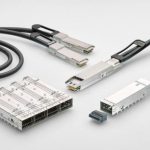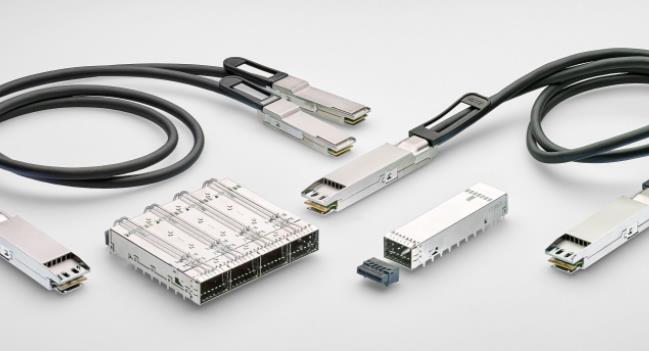Fiber optic connector is a removable (movable) connection between the fiber and the fiber device, it is the two ends of the fiber precision butt to enable the transmitting fiber output light energy can be coupled to the receiving fiber to the maximum, and its intervention in the optical link to minimize the impact on the system, which is the basic requirements of the fiber optic connector. To a certain extent, fiber optic connectors also affect the reliability and performance of the optical transmission system.
Fiber optic connectors according to the different transmission media can be divided into common silicon-based single-mode fiber, multimode connectors, and other media such as plastic for the transmission medium of fiber optic connectors; according to the connector structure type can be divided into: FC, SC, ST, LC, D4, DIN, MU, MT and so on various types; which, ST connectors are usually used for cabling equipment side, such as fiber optic patch panels, fiber modules, etc.; SC and MT connectors for network equipment side.
SC and MT connectors for network equipment side more. According to the shape of the fiber end face FC, PC (including SPC or UPC) and APC type; according to the number of fiber cores and single-core, multi-core (such as MT-RJ) type fiber optic connector points. Fiber optic connectors are widely used, a wide variety.
The following is the most common FC type (i.e., cylindrical sleeve type) connector’s basic structure.






